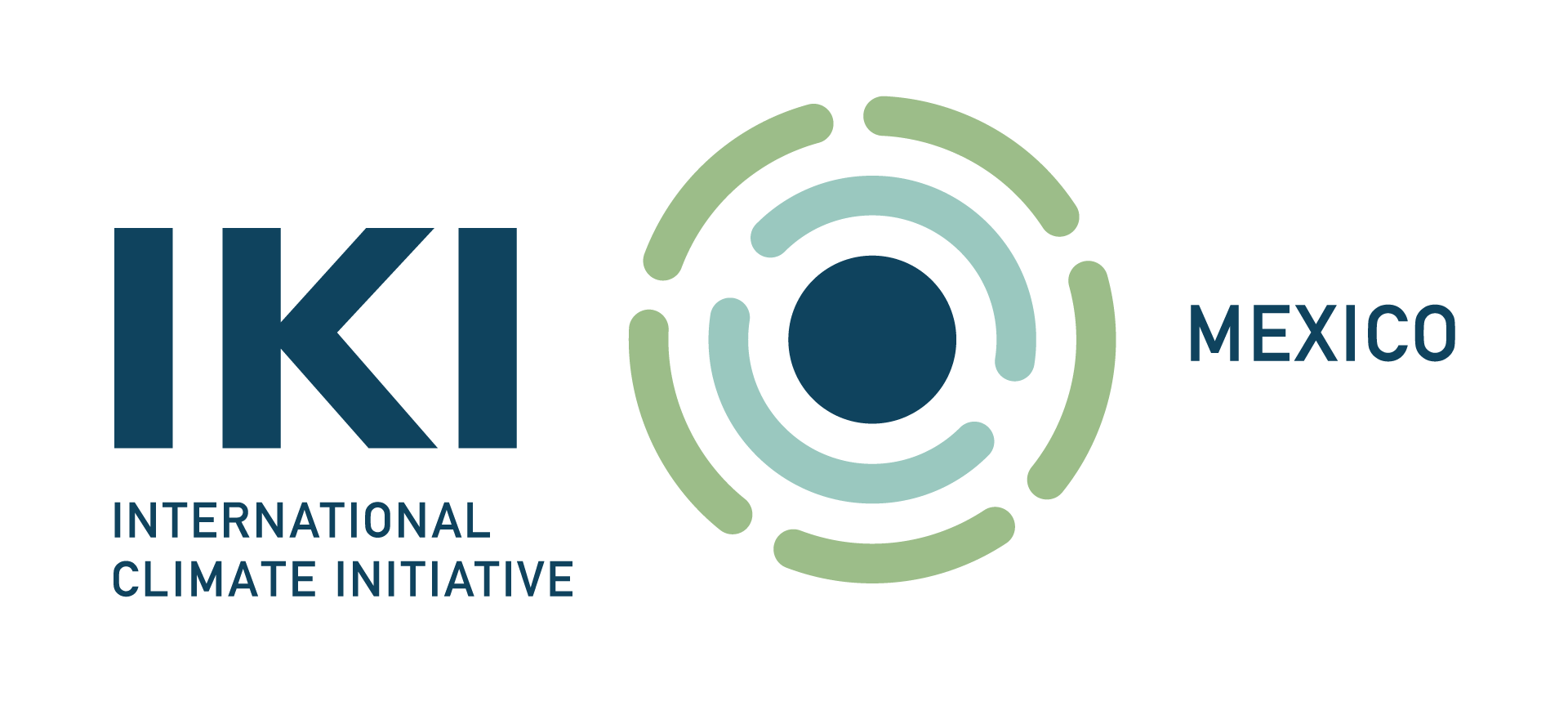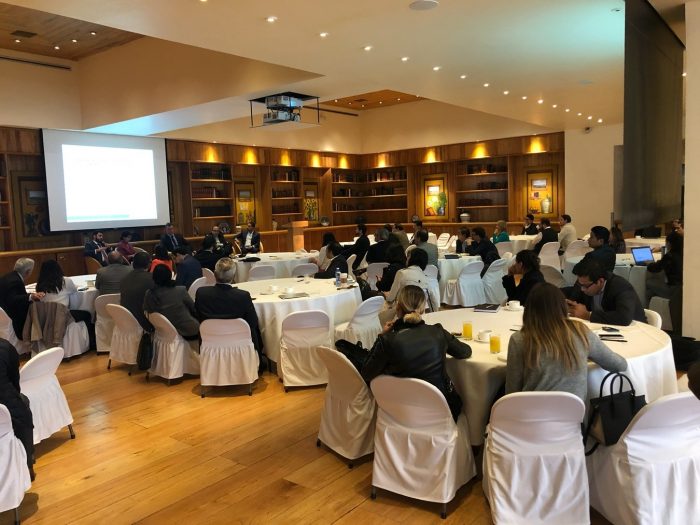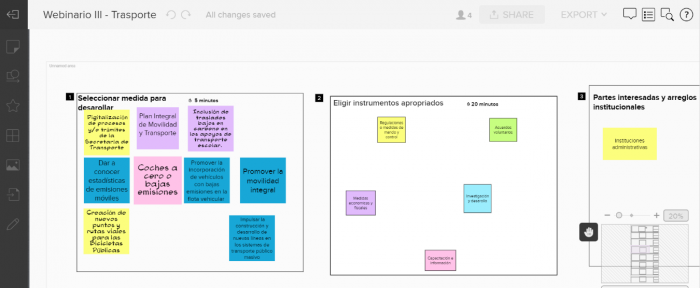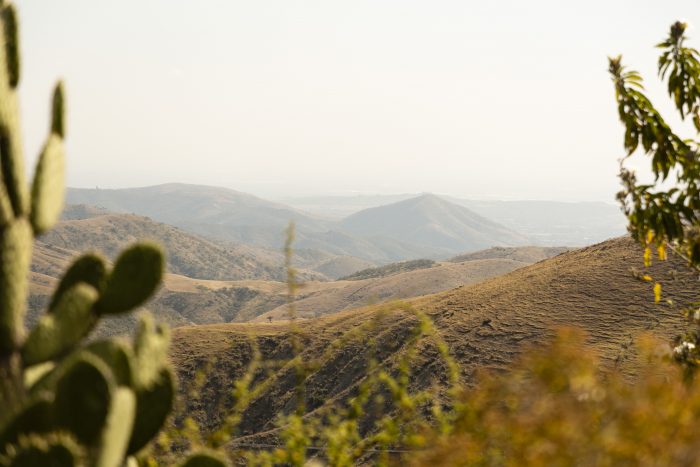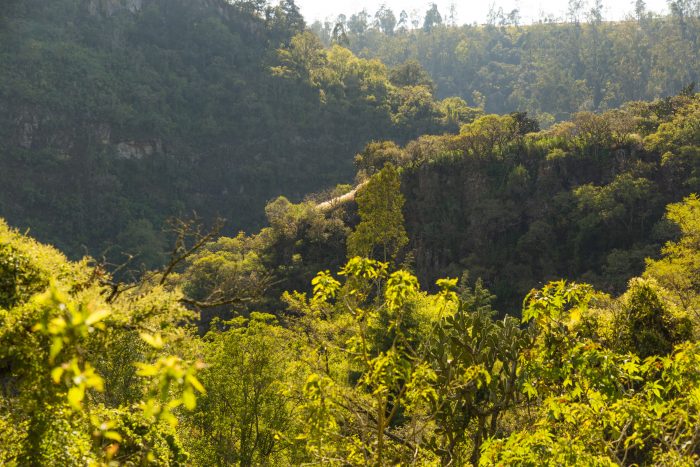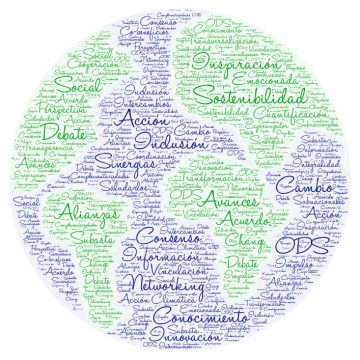The current coronavirus pandemic can be used as an opportunity to adapt and better prepare our cities to deal with current and future climate and health challenges. The app Árbol IoT helps cities to better plan and manage urban trees. This can help to avoid high temperatures, to buffer the impacts of flood events, and to mitigate socioeconomic-related health inequalities, among others.
Árbol IoT or Internet de los Árboles (IoTrees or the Internet of Trees in English) is a platform to engage citizens in urban tree mapping and environmental monitoring. Ideated and developed in the City of Guadalajara, Mexico, it aims to empower citizen advocacy and support municipal urban tree management to improve the greenery in the city. Thus contributing to ameliorate high temperatures and to buffer the impacts of flood events. The platform seeks to crowdsource an easy-to-update urban tree inventory, visualize and quantify the ecological benefits of trees and assist in public decision-making based on data and evidence.
Árbol IoT is a cross-platform composed of a mobile and web app, and a network of low-cost sensors that allows citizens to monitor the pollutants suspended in the environment, weather and noise on a street scale. The platform encourages engagement with green gamification and enables participation of a wide range of the population, including the elderly. It fosters inclusion through a mobile interactive table that can be placed in public spaces and used on-site by citizens who don’t have access to digital technology. A light feature within the mobile app allows citizens with limited or no mobile data on their devices to map and capture information offline and to upload it later when WiFi is available.
MuCitySavior, AylluDamos and Árbol IoT, the open-source digital solutions of the Global Program “ICT-based Adaptation to Climate Change in Cities” are developed, in use and have already been transferred and scaled up in India, Peru and Mexico, respectively. The three digital solutions have been applied to the #SmartDevelopmentHack in order to remark the critical importance of a green recovery. The current coronavirus pandemic is a good opportunity to adapt and better prepare our cities to deal with current and future health challenges
Thus, Árbol IoT joined the #SmartDevelopmentHack as a digital solution to help cities plan and manage an evenly spatial distribution of urban trees to mitigate socioeconomic-related health inequalities. Urban trees can help clean the air, and air pollution is closely associated to health problems such as asthma, high blood pressure, and diabetes, all of which are believed to pose a high risk to COVID-19 patients. Previous pandemics such as the plague, tuberculosis and cholera proved to transform cities by putting pressure into increasing greenery. For example, the design and construction of Central Park and many other parks in the 1800s was justified by the need of green areas to clean the air.
